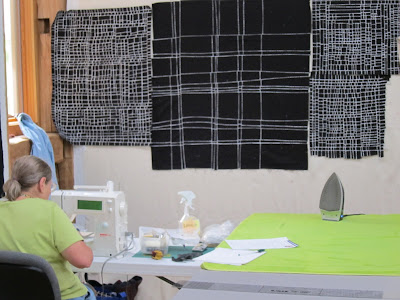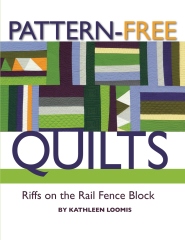I’ve just spent some time on a cruise ship with an excellent educational program; on days when we didn’t have shore excursions, there were many lectures and workshops that we could attend. One was a series of classes on how to write.
Considering that I spent a 40-year career writing for a living and teaching other people how to write, you might wonder why I chose to go to these classes. I suppose it was mainly curiosity: I was interested in how somebody else taught what I taught, how his methods and examples differed from mine, and if he had any insights I might find useful.
And sure enough, he did. He believes that there are two kinds of writers: those who plan and those who plunge. You can fit yourself into the right category by recalling how you approached your seventh-grade English assignment, write three pages about your summer vacation, and turn it in along with your outline.
If you plan, which is clearly what the teacher wanted you to do, you dutifully wrote your outline and then followed it to produce your composition. If you plunge, you wrote your composition, then produced an outline of what you just wrote.
Planners, in short, figure out what they want to say, then write it down, while plungers write in order to figure out what they want to say. I know this, because I plunge; always have, always will. It sometimes takes me a while to write something, because I make false starts, and then have to delete lots of lovely paragraphs that turn out to be tangential to what I eventually realize the composition is about.
The cruise ship writing teacher’s main message was that school was difficult for plungers; in order to get good grades you had to pretend to be a planner. But in real life, it’s OK to plunge. If you know how your own mind operates, then you should adopt working methods that complement that mindset. And he proceeded to suggest a variety of working methods that might work for some people, but certainly not all. The buffet approach to advice -- take what you like.
Of course we could be talking about making art instead of writing.
How many times have you been frustrated if, for instance, a teacher or guru says you have to keep a sketchbook, and you hate to sketch? Or if a teacher says you have to compose your entire quilt on the design wall before you sew it together, and you get so antsy you can’t stand it, needing to start sewing?
You might infer from the previous paragraph that I’m the person in the second clause of the sentence, the one who can’t stand to plan ahead. In art as in writing, I’m a plunger. I usually don’t know what I’m going to say or make until I make it. My thoughts tend to coalesce only when I’m sitting at the sewing machine or at the keyboard.
Sometimes teachers will tell me “you say you hate sketchbooks, but it would really be much better if you would use one; why don’t you just try it?” or whatever pet working method they espouse. Just like those teachers who wanted me to hand in the outline three weeks before the term paper was due. (I really had to work hard to get those term papers done three weeks early so I could do the outlines.)
I like to think I’m open to new techniques and new approaches, so occasionally, in the presence of a teacher I like and respect, I give it my best shot. I‘ll carry that sketchbook around, even make some sketches. I’ll try to arrange a lot of fabric on the design wall before I start to sew. But those approaches never take for more than a couple of days.
I know myself. I’m willing to risk sewing a wrong seam, and maybe have to rip it out later on, because it’s the stitching that gets my head in gear. Your mileage may (will) vary. Know yourself, and act accordingly.


























































